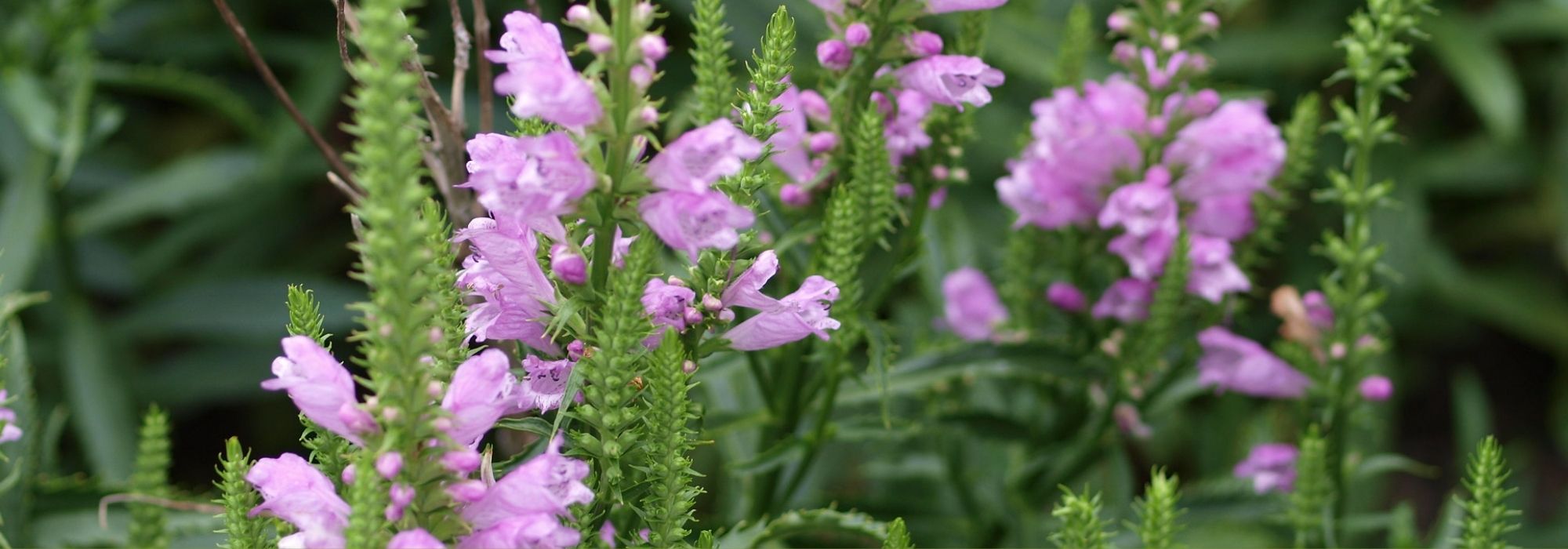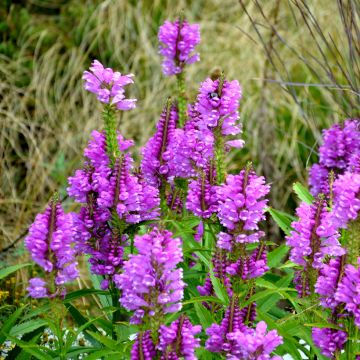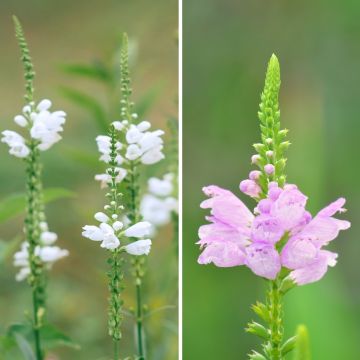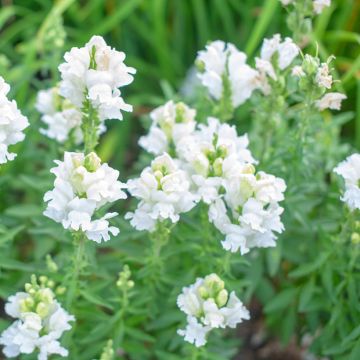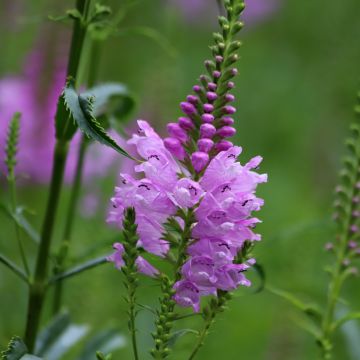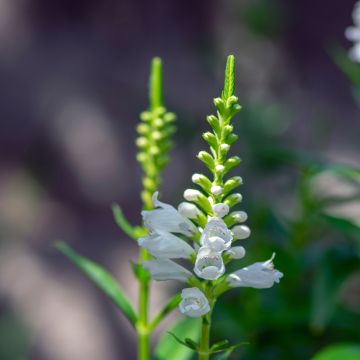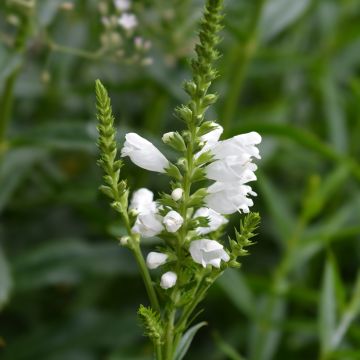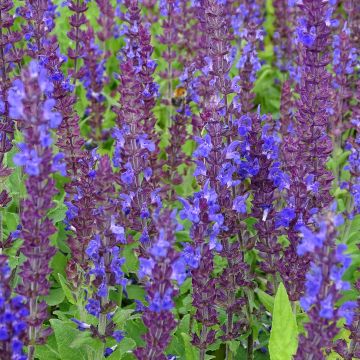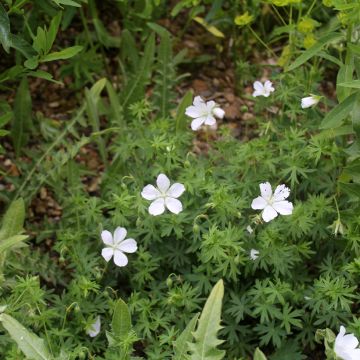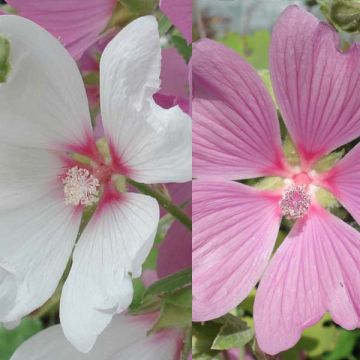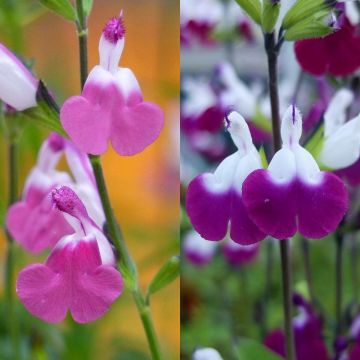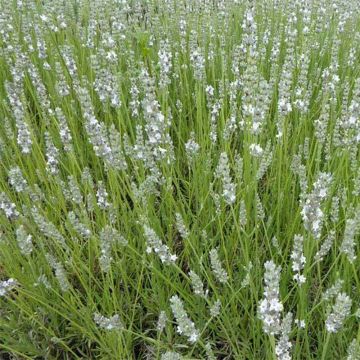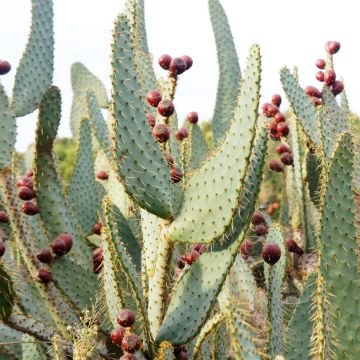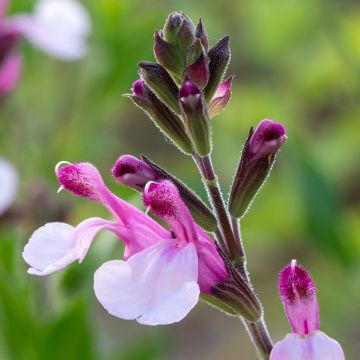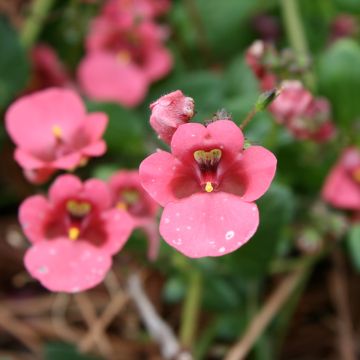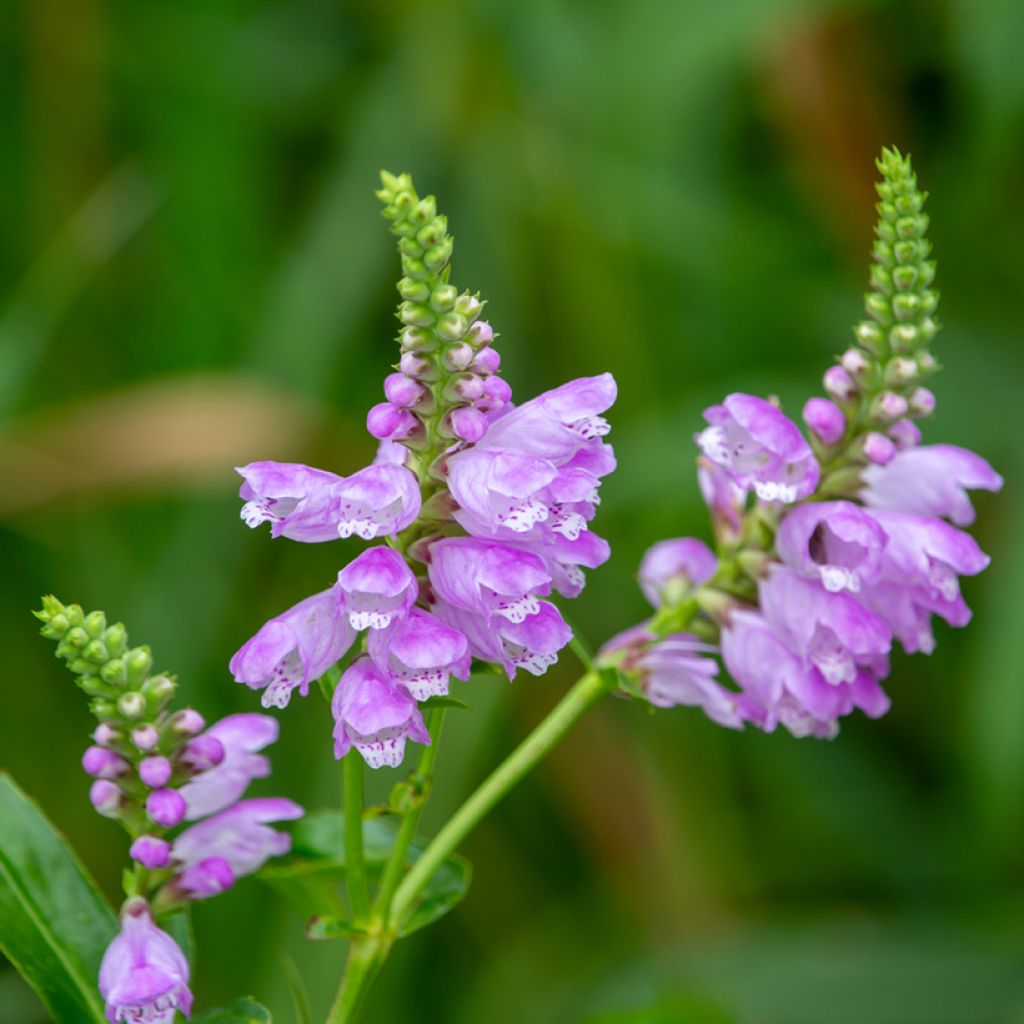

Physostegia virginiana Red Beauty - Obedient Plant
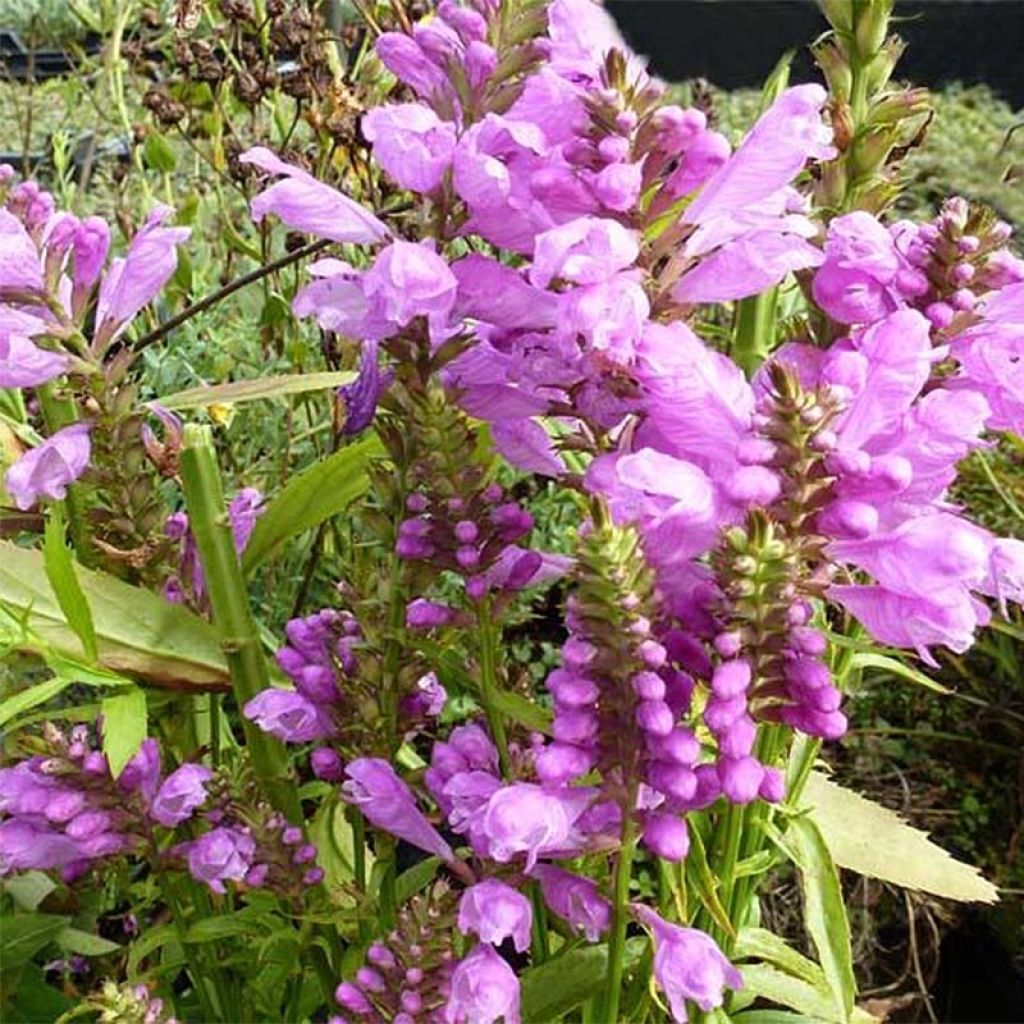

Physostegia virginiana Red Beauty - Obedient Plant
Physostegia virginiana Red Beauty - Obedient Plant
Physostegia virginiana Red Beauty
Obedient plant, Virginian False Dragonhead, Accommodation Flower, American Heather, Lady of the Lake, Lion's Heart, Mexican Heath
Special offer!
Receive a €20 voucher for any order over €90 (excluding delivery costs, credit notes, and plastic-free options)!
1- Add your favorite plants to your cart.
2- Once you have reached €90, confirm your order (you can even choose the delivery date!).
3- As soon as your order is shipped, you will receive an email containing your voucher code, valid for 3 months (90 days).
Your voucher is unique and can only be used once, for any order with a minimum value of €20, excluding delivery costs.
Can be combined with other current offers, non-divisible and non-refundable.
Home or relay delivery (depending on size and destination)
Schedule delivery date,
and select date in basket
This plant carries a 12 months recovery warranty
More information
We guarantee the quality of our plants for a full growing cycle, and will replace at our expense any plant that fails to recover under normal climatic and planting conditions.
Would this plant suit my garden?
Set up your Plantfit profile →
Description
Physostegia virginiana 'Red Beauty' is undoubtedly one of the most richly coloured varieties of this species. This robust perennial tends to spread in fertile and damp soils, but it is easily forgiven as its stunning pink-purple magenta flowering in the height of summer creates a small spectacle in the garden. This perennial raises is covered with mischievous flowers that permanently change orientation when touched. Physostegia are beautiful plants for riverbanks and wetlands, which also provide excellent long-lasting cut flowers.
Physostegia virginiana belongs to the family of Lamiaceae (Scrofulariaceae), it is related to snapdragons and foxgloves, for example. It is native to the eastern and central North America, where it is found along rivers, in wet meadows or in damp thickets. 'Red Beauty' is a vigorous cultivar with deep pink-carmine flowers. It is a rhizomatous herbaceous perennial plant with rapid growth. It forms a large upright clump of unbranched stems, about 80 cm (32in) in all directions, starting from spring. The above-ground vegetation, deciduous, disappears in winter. The branched flower stalks covered with small magenta tubular flowers embedded in purple calyxes develop in July-August at the top of the stems. The flowers are attached to the axis by a small organ that acts as a joint, allowing them to orient themselves in any direction and maintain their position relative to the central axis of the inflorescence. They are arranged in 4 rows. The foliage consists of lanceolate leaves, narrow, 10 cm (4in) long, with toothed edges, of a bright green colour. The plant has a semi-suckering stump, with large white roots that resemble bindweed roots and allow it to spread fairly quickly if the conditions suit it.
Easy to grow in moist soil and in the sun, Physostegia virginiana is traditionally used to border a body of water or to make bouquets, as its flowers are very beautiful and long-lasting in a floral arrangement. By the water's edge, it will accompany other plants of wet riverbanks such as river anemones, hastate verbenas, 'Houttuynia Chameleon' or narrow-leaved cottongrass. It will also find its place in flower beds with soil that remains damp in summer, accompanied by summer asters (Aster novae angliae), crocosmias or montbretias, or pastel-coloured groundcover roses.
Physostegia virginiana Red Beauty - Obedient Plant in pictures
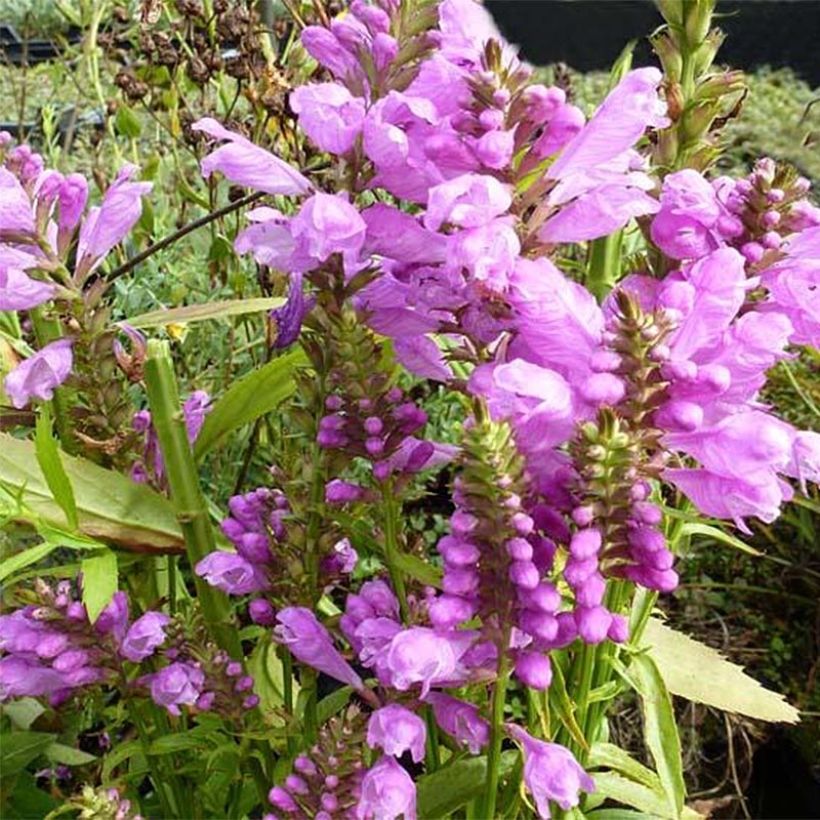

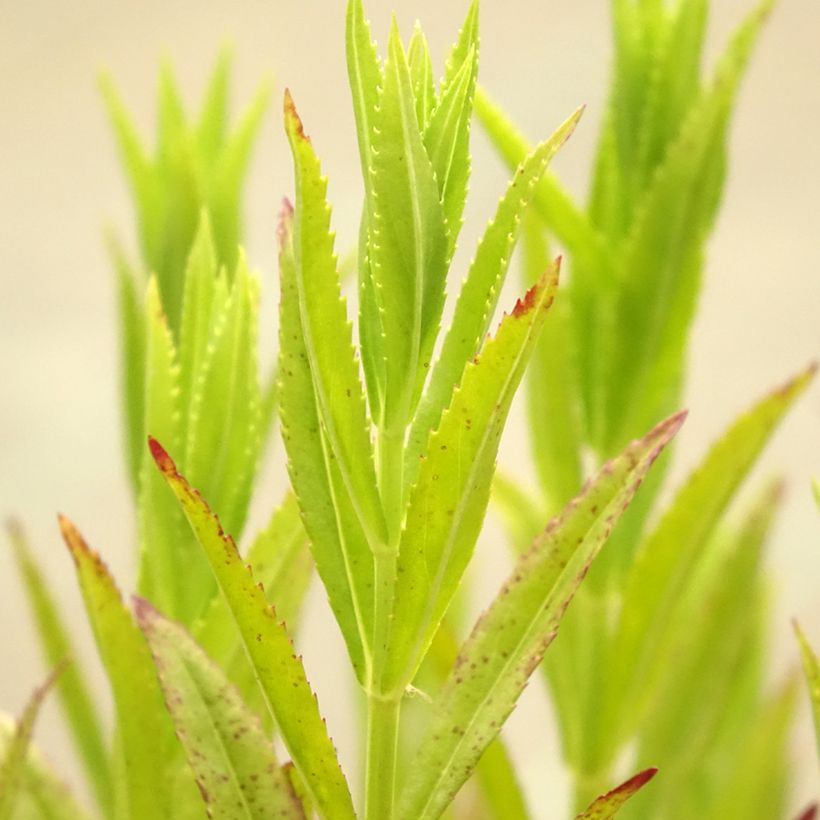

Flowering
Foliage
Plant habit
Botanical data
Physostegia
virginiana
Red Beauty
Lamiaceae
Obedient plant, Virginian False Dragonhead, Accommodation Flower, American Heather, Lady of the Lake, Lion's Heart, Mexican Heath
Cultivar or hybrid
Other Physostegia
View all →Planting and care
Physostegia virginiana 'Red Beauty' can be planted in spring or autumn, five feet per square metre, in garden soil that is always slightly damp to very damp, preferably non-calcareous, sheltered from strong winds and in the sun. The soil must not dry out in summer. Despite its vigorous growth, this plant does not like competition from other roots. Mulch the soil in June with lawn clippings. Divide the clumps as late as possible, about every five years. This plant is remarkable in sandy and loamy soils.
Planting period
Intended location
Care
Planting & care advice
This item has not been reviewed yet - be the first to leave a review about it.
Similar products
Haven't found what you were looking for?
Hardiness is the lowest winter temperature a plant can endure without suffering serious damage or even dying. However, hardiness is affected by location (a sheltered area, such as a patio), protection (winter cover) and soil type (hardiness is improved by well-drained soil).

Photo Sharing Terms & Conditions
In order to encourage gardeners to interact and share their experiences, Promesse de fleurs offers various media enabling content to be uploaded onto its Site - in particular via the ‘Photo sharing’ module.
The User agrees to refrain from:
- Posting any content that is illegal, prejudicial, insulting, racist, inciteful to hatred, revisionist, contrary to public decency, that infringes on privacy or on the privacy rights of third parties, in particular the publicity rights of persons and goods, intellectual property rights, or the right to privacy.
- Submitting content on behalf of a third party;
- Impersonate the identity of a third party and/or publish any personal information about a third party;
In general, the User undertakes to refrain from any unethical behaviour.
All Content (in particular text, comments, files, images, photos, videos, creative works, etc.), which may be subject to property or intellectual property rights, image or other private rights, shall remain the property of the User, subject to the limited rights granted by the terms of the licence granted by Promesse de fleurs as stated below. Users are at liberty to publish or not to publish such Content on the Site, notably via the ‘Photo Sharing’ facility, and accept that this Content shall be made public and freely accessible, notably on the Internet.
Users further acknowledge, undertake to have ,and guarantee that they hold all necessary rights and permissions to publish such material on the Site, in particular with regard to the legislation in force pertaining to any privacy, property, intellectual property, image, or contractual rights, or rights of any other nature. By publishing such Content on the Site, Users acknowledge accepting full liability as publishers of the Content within the meaning of the law, and grant Promesse de fleurs, free of charge, an inclusive, worldwide licence for the said Content for the entire duration of its publication, including all reproduction, representation, up/downloading, displaying, performing, transmission, and storage rights.
Users also grant permission for their name to be linked to the Content and accept that this link may not always be made available.
By engaging in posting material, Users consent to their Content becoming automatically accessible on the Internet, in particular on other sites and/or blogs and/or web pages of the Promesse de fleurs site, including in particular social pages and the Promesse de fleurs catalogue.
Users may secure the removal of entrusted content free of charge by issuing a simple request via our contact form.
The flowering period indicated on our website applies to countries and regions located in USDA zone 8 (France, the United Kingdom, Ireland, the Netherlands, etc.)
It will vary according to where you live:
- In zones 9 to 10 (Italy, Spain, Greece, etc.), flowering will occur about 2 to 4 weeks earlier.
- In zones 6 to 7 (Germany, Poland, Slovenia, and lower mountainous regions), flowering will be delayed by 2 to 3 weeks.
- In zone 5 (Central Europe, Scandinavia), blooming will be delayed by 3 to 5 weeks.
In temperate climates, pruning of spring-flowering shrubs (forsythia, spireas, etc.) should be done just after flowering.
Pruning of summer-flowering shrubs (Indian Lilac, Perovskia, etc.) can be done in winter or spring.
In cold regions as well as with frost-sensitive plants, avoid pruning too early when severe frosts may still occur.
The planting period indicated on our website applies to countries and regions located in USDA zone 8 (France, United Kingdom, Ireland, Netherlands).
It will vary according to where you live:
- In Mediterranean zones (Marseille, Madrid, Milan, etc.), autumn and winter are the best planting periods.
- In continental zones (Strasbourg, Munich, Vienna, etc.), delay planting by 2 to 3 weeks in spring and bring it forward by 2 to 4 weeks in autumn.
- In mountainous regions (the Alps, Pyrenees, Carpathians, etc.), it is best to plant in late spring (May-June) or late summer (August-September).
The harvesting period indicated on our website applies to countries and regions in USDA zone 8 (France, England, Ireland, the Netherlands).
In colder areas (Scandinavia, Poland, Austria...) fruit and vegetable harvests are likely to be delayed by 3-4 weeks.
In warmer areas (Italy, Spain, Greece, etc.), harvesting will probably take place earlier, depending on weather conditions.
The sowing periods indicated on our website apply to countries and regions within USDA Zone 8 (France, UK, Ireland, Netherlands).
In colder areas (Scandinavia, Poland, Austria...), delay any outdoor sowing by 3-4 weeks, or sow under glass.
In warmer climes (Italy, Spain, Greece, etc.), bring outdoor sowing forward by a few weeks.






























